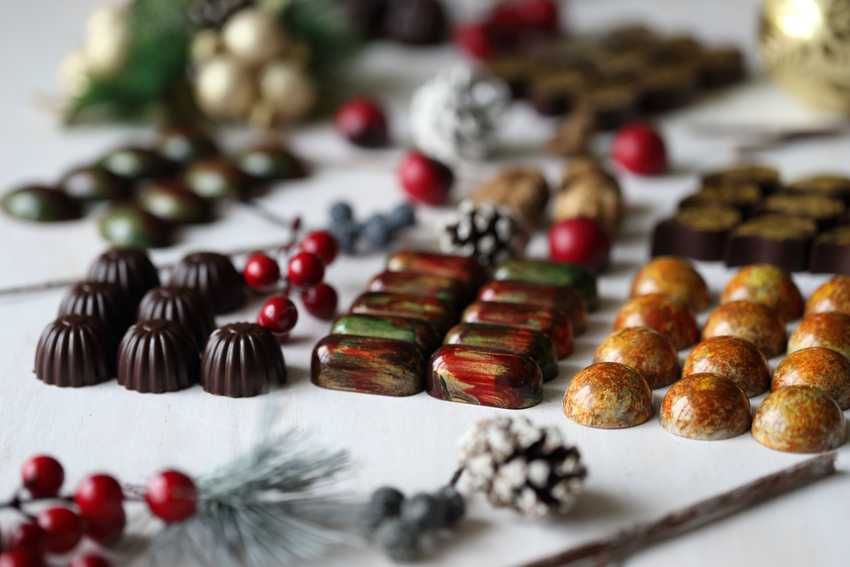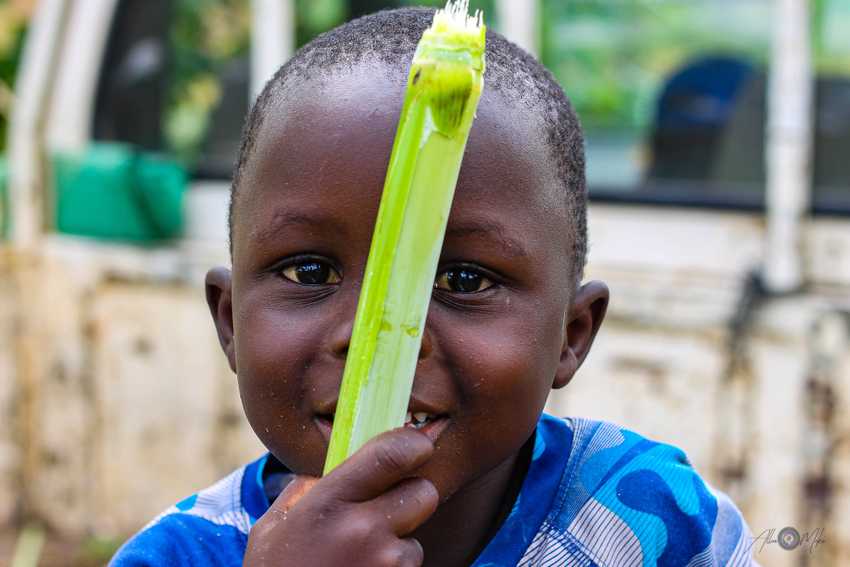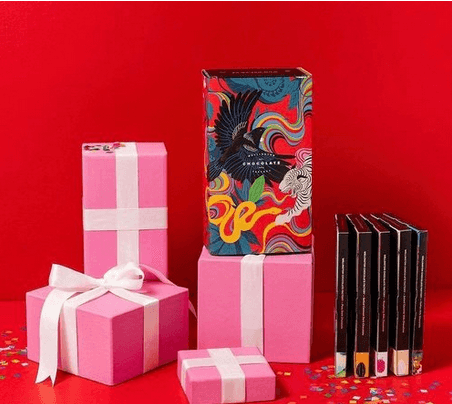This was originally published in fair&good’s online Journal.

Image credits: May Lawrence via Unsplash
Christmas is coming!
Maybe you’re thinking of putting a box of fine chocolates under the tree or stuffing a chocolate Santa into your child’s stocking. But maybe you’re hesitating because you’ve heard serious worker abuse goes on in the chocolate industry.
How can you know that treat didn’t hurt someone far away?
Chocolate supply chains stretch across the globe.
The cocoa in your chocolate probably came from West Africa, or maybe Indonesia. Sugar is grown in many countries, but more is exported from Brazil than anywhere else.
Whilst the manufacture of the chocolate itself was likely slave-free, both child labour and forced labour are very likely to have been used in the production of the sugar and cocoa that went into it.
Indeed, cocoa and sugar are two of the five goods most likely to have been produced using slave labour, and 20% of the total cocoa producing workforce are children.
Kids on cocoa plantations have it tough: some are slaves but most are working for their parents.
Cocoa doesn’t sell for much and everyone has to pitch in if the family is to survive. Typically they’re aged around 12-16, but they can be much younger.
They work from sun-up to sun-down, hacking weeds, cutting down cocoa pods and carrying 50kg sacks of pods home on their heads. Some children develop hernias from heavy loads and the majority have scars from machete wounds. At least 1.6 million children are engaged in this work in Ghana and Côte d’Ivoire.
Sugar hides some dark secrets, too.
Forced labour is used to cut sugar-cane in many countries, including Brazil (the source of nearly 30% of global sugar exports); working conditions are frequently unsafe and earnings desperately low.

Image credits: Allen Meki via Unsplash
In 2001, eight of the world’s major chocolate companies signed the Harkin Engel Protocol, promising to eliminate or reduce many of the human rights abuses in the cocoa industry by 2005.
Sadly, that deadline has been repeatedly extended and the promises still haven’t been met, largely due to underinvestment.
If industry promises aren’t enough to improve the life of the workers, what might be?
Let’s try consumer power! Whilst some companies have made promises they’re not keeping, other companies and brands are working really hard to make sure all their workers have a fair deal. If we support them, their market share will increase and more and more people will get to work in good conditions.
You can tell a company’s made the effort to buy slave-free cocoa if you see the logo of either the World Fair Trade Organisation (WFTO), Fairtrade or the Rainforest Alliance on the packaging.
Those logos mean that an independent organisation audits the cocoa farm from time to time to make sure it’s slave-free (read more here). Any company that buys single-origin Samoan cocoa is also buying slave-free cocoa, even though sometimes they do that for the taste, rather than for ethical reasons. Products with the WFTO logo or the Fairtrade logo on are particularly worth supporting: they’re not only using slave-free cocoa, but slave-free sugar as well.

Image credits: Wellington Chocolate Factory
Don’t get caught out, though. Some chocolate is marketed as ‘ethical’ when all that really means is ‘high quality’.
Just because a chocolate brand is expensive or the chocolate’s made in New Zealand, doesn’t mean it’s slave-free.
To help you find the slave-free products, Just Kai maintains a list of all the certified cocoa products we’re aware of in New Zealand. It includes everything from Smarties lollies and Waikato Chocolates’ scorched almonds through to more exclusive offerings from Bennettos and the Wellington Chocolate Factory. We also put out seasonal lists at Christmas and Easter: check out this year’s Christmas chocolate guide for chocolate baubles, pralines, truffles, biscuit sampler boxes and more.
When I first started buying ethical chocolate back in 2006, there were very few options available. It’s awesome that so many companies are now caring about the people in their supply chains and shifting to ethical suppliers. Let’s support them so that the chocolate we buy is sweet for everyone.